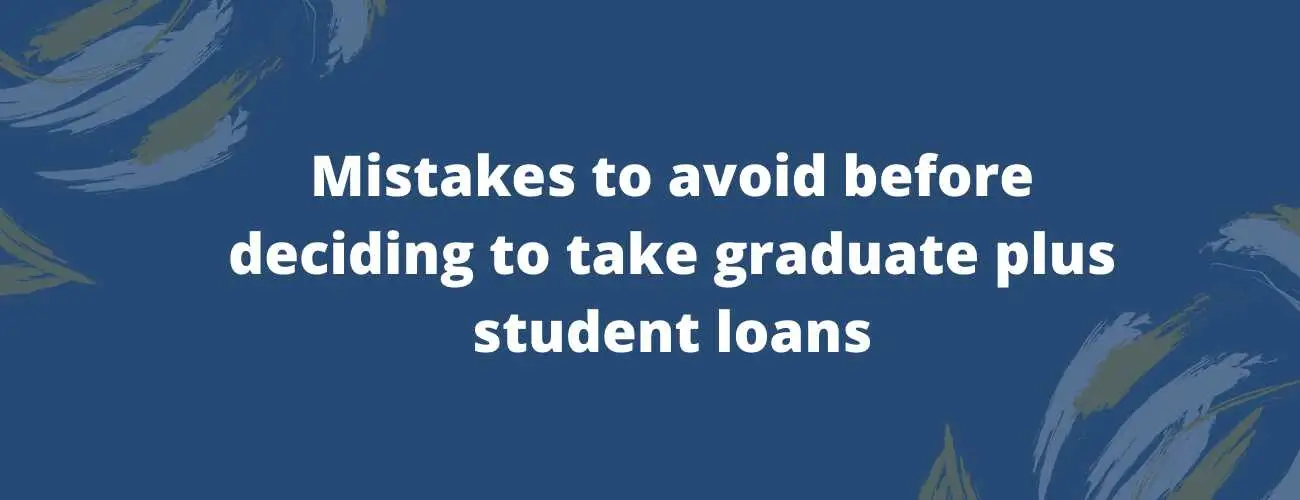Unemployment Deferment for Student Loan
Deferment helps one not to be in default in student loan. One of the types of deferment is unemployment deferment which permits you to delay repayment of federal student loans for as long as three years.
Updated by Namitha Antony on 1st July 2020
Unemployment deferment permits you to delay repayment of federal student loans for as long as three years. To qualify, you should get unemployment advantages or working as a part-time employee while looking for all-day work.
If the coronavirus pandemic has influenced your activity, you don't have to apply for a student loan deferment right away. However, opting for student loan deferment has a lot of interest repayment options, unlike forbearance where the interest could get accumulated. The student loan forbearance can provide you the grace period you may require for delaying your payments if you are unable to make your monthly payments. The student loan deferment vs forbearance must be clearly understood before go choose either to postpone your payments through both postpone student loan payments under upon qualification. The national government is delaying federal student loan installments interest-free for a half year, retroactive to March 13. You needn't bother with an application or documentation to demand this break — your servicer will apply it naturally.
When that relief period closes, unemployment deferment is normally best if you hope to begin working again soon. Something else, a superior long haul methodology is selecting an income-based repayment plan that attaches installments to your money related circumstance.
Table of Contents
- Applying for an unemployment deferment
- To what extent an unemployment deferment lasts
- Different alternatives for reduced loan payments
Applying for an unemployment deferment
You should present an unemployment deferment application to your student loan servicer to get this deferment. With your structure, you should do one of the following for endorsement:
Attach evidence of unemployment benefits
You should give documentation that shows you're right now qualified for unemployment, for example, a duplicate of your benefits from your state's Department of Labor. This documentation needs to incorporate your name, address, and Social Security number.
Affirm you're looking for all-day work
You must have made at least six attempts a half year to gain all-day employment. You should likewise be enrolled with an unemployment organization, except if there isn't one inside 50 miles of your home. Utilizing a hiring organization or quest for a new employment site doesn't tally.
You can likewise get an unemployment deferment in case you're underemployed — working, however not full time. That implies an occupation that is under 30 hours every week and won't last over a quarter of a year straight. You can't qualify on the off chance that you've dismissed any ongoing proposals of all-day business — regardless of whether you were overqualified for the position. If you meet the necessities for an unemployment deferment, your servicer can't deny your application.
To what extent an unemployment deferment lasts
You can get as long as three years of unemployment deferment, however not at the same time. You'll have to reapply for the deferment — and meet the demonstrated capabilities — at regular intervals.
Postponement length additionally fluctuates by loan kind. On the off chance that you have Federal Family Education Loan, or FFEL, from before July 1, 1993, your most extreme unemployment deferment is two years. Perkins borrowers can get three years, yet in a year increment.
All unemployment deferments end once you've depleted your qualification or found a new line of work. When you're working all day, you should let your servicer know right away.
Different alternatives for reduced loan payments
On the off chance that you've come back to work or in any case don't meet the prerequisites for an unemployment deferment, different alternatives that decrease installments can keep you out of student loan default. The most ideal decision will rely upon your money related circumstance:
If you can't bear the cost of your present payments
Income-driven reimbursement plans set your regularly scheduled installments at a percentage of your discretionary income. These plans will stretch out your repayment term to 20 or 25 years, conceivably expanding the sum you repay. Income-driven repayments can be as meager as $0, yet numerous variables influence the calculation.
If you can't pay anything — even income-driven repayments
Financial hardship deferment is accessible in case you're working full-time and meet at least one of the following capabilities: serving in the Peace Corps; accepting help from a program, for example, the Supplemental Nutrition Assistance Program (SNAP); or procuring under 150% of the poverty guideline for your family size and condition of living arrangement.
If you're catching up with other money-related needs
When you're getting a check once more, you may have more squeezing bills to pay than student loans, similar to a high-interest credit card. Student loan forbearance lets you stop installments at the carefulness of your loan lender. It is anything but a decent long-term choice since interest collects on all loans — however, the government is right now waiving interest for 60 days, retroactive to March 13 — yet patience can offer a temporary breathing room.
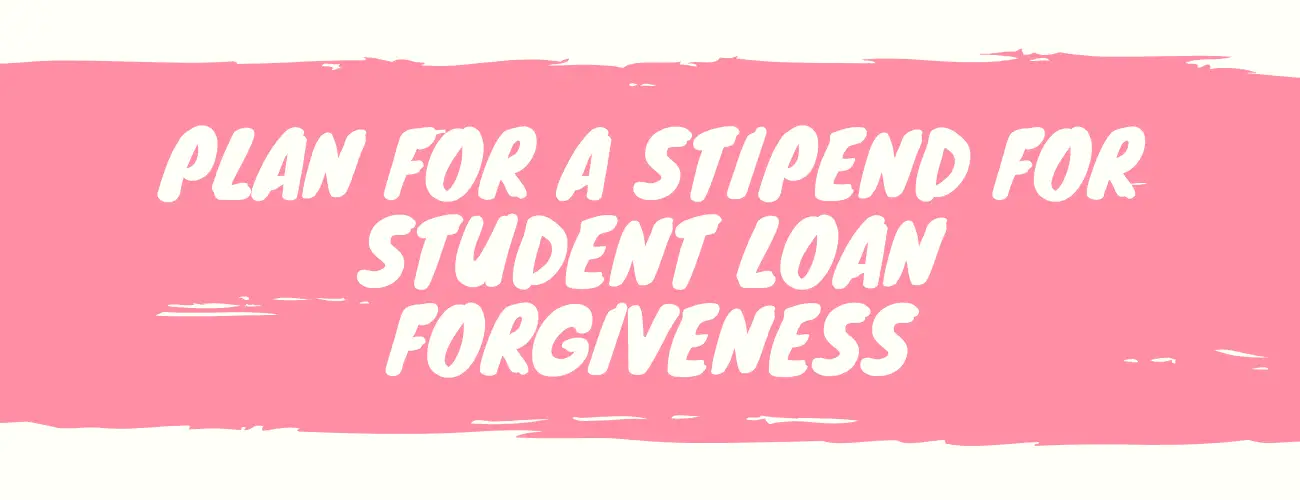
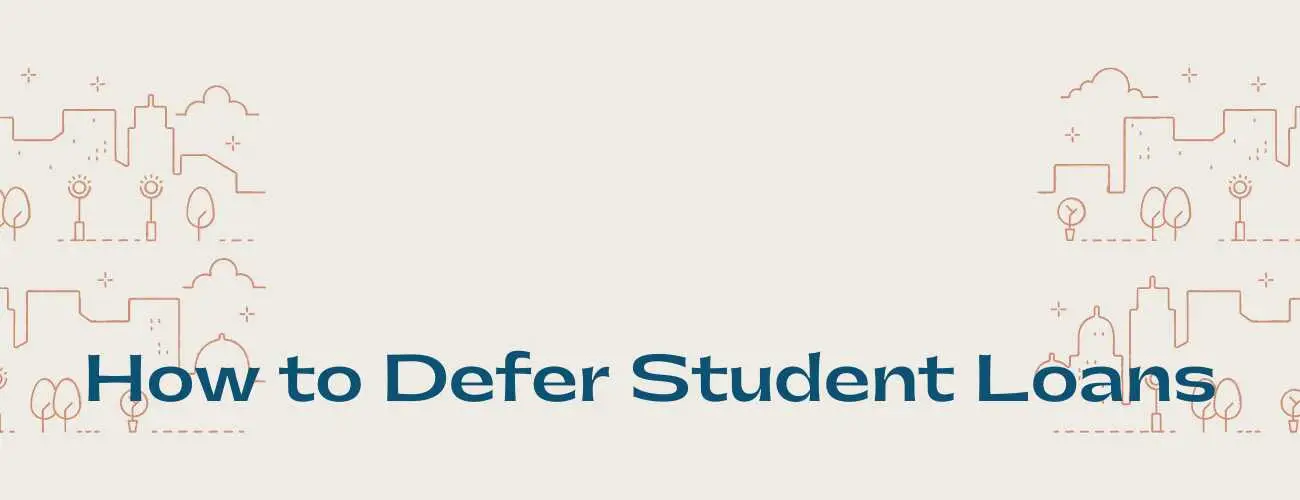
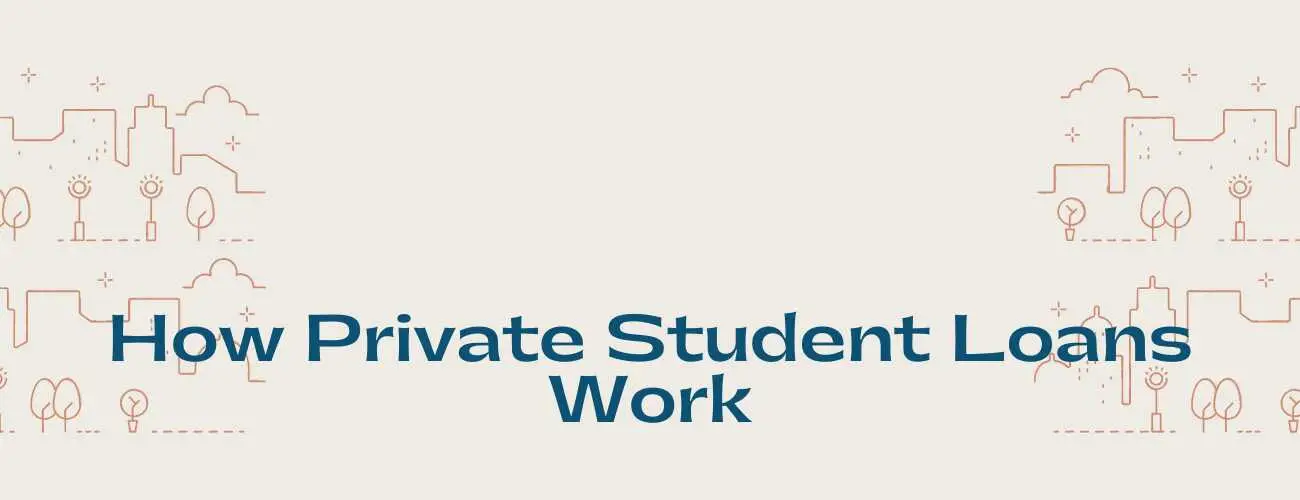
93.jpg)
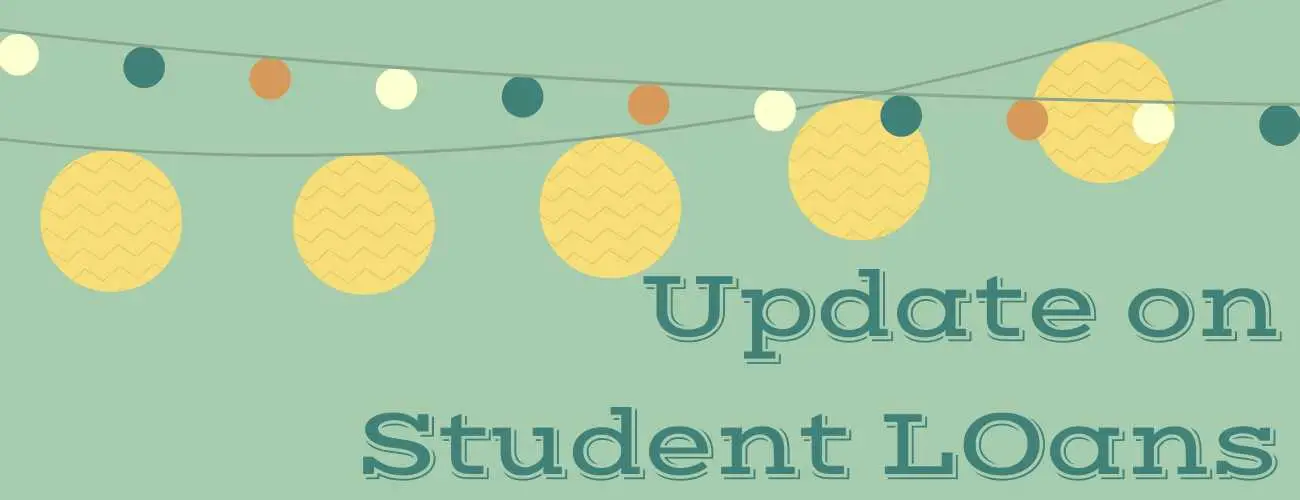
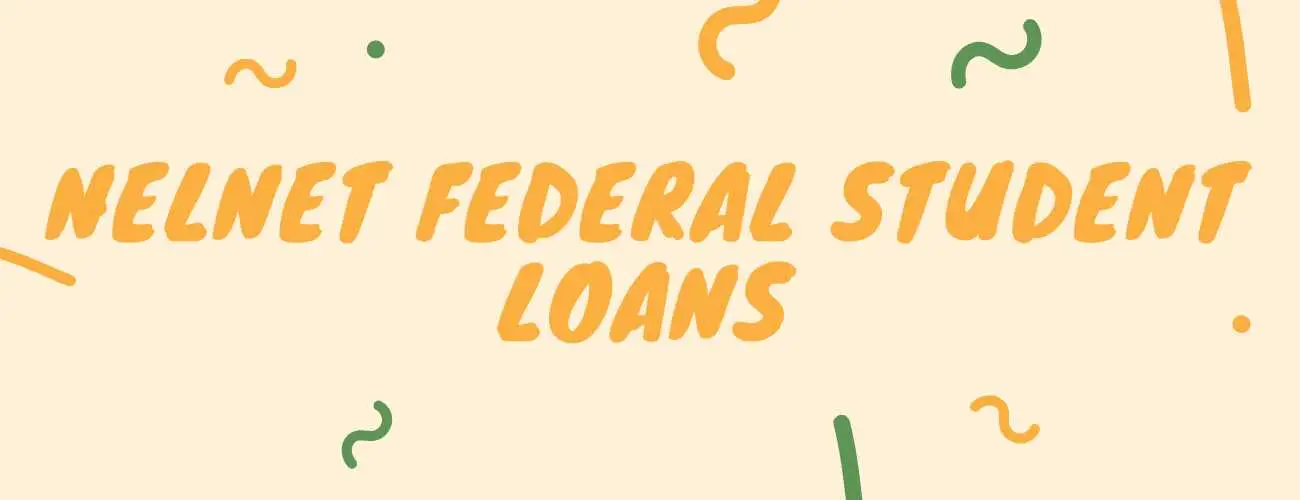
28.jpg)
